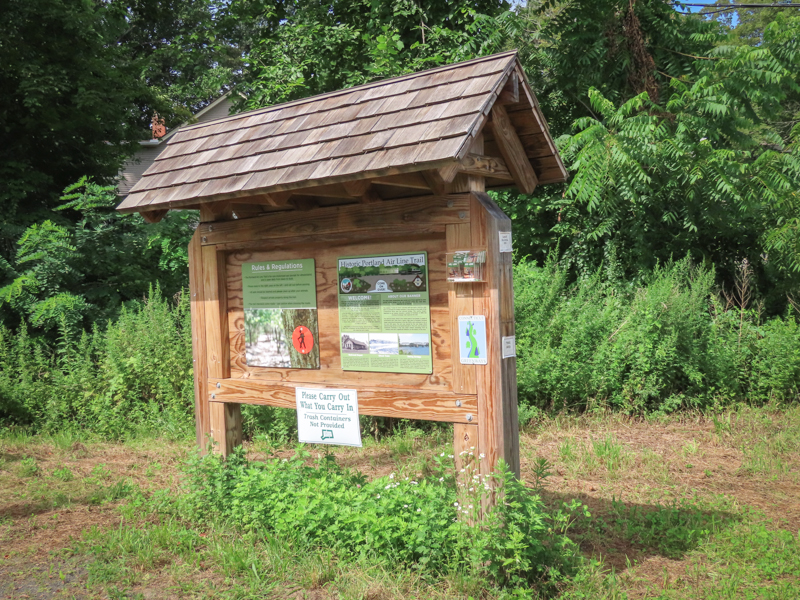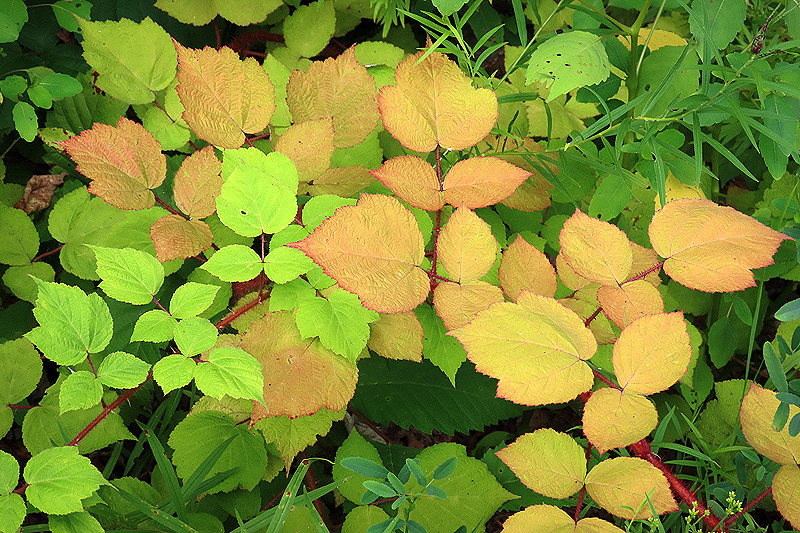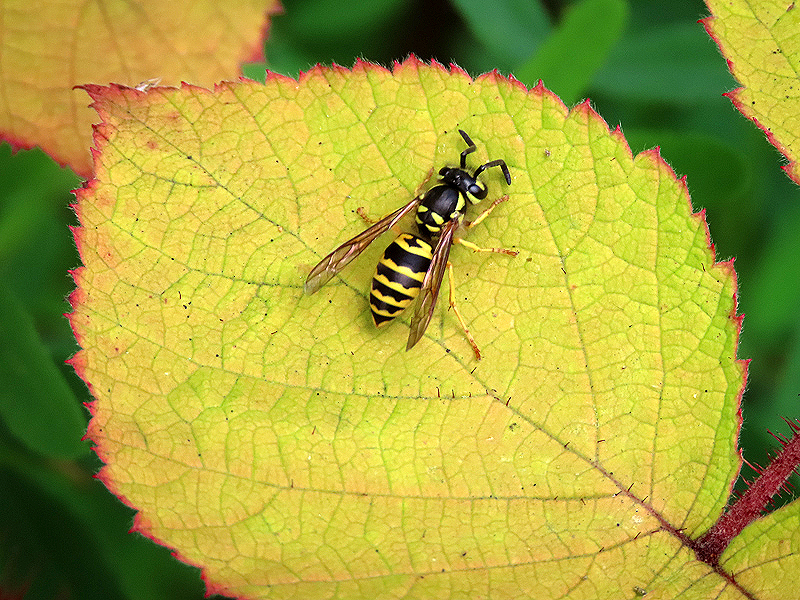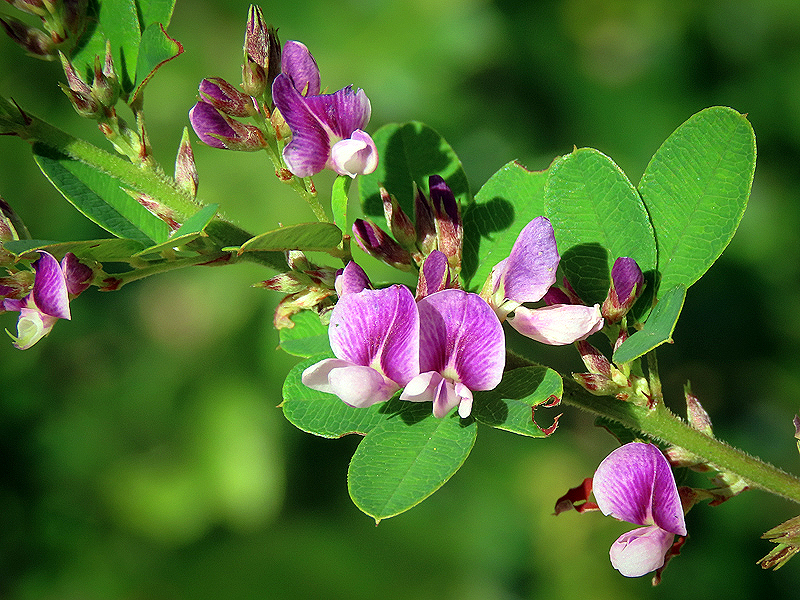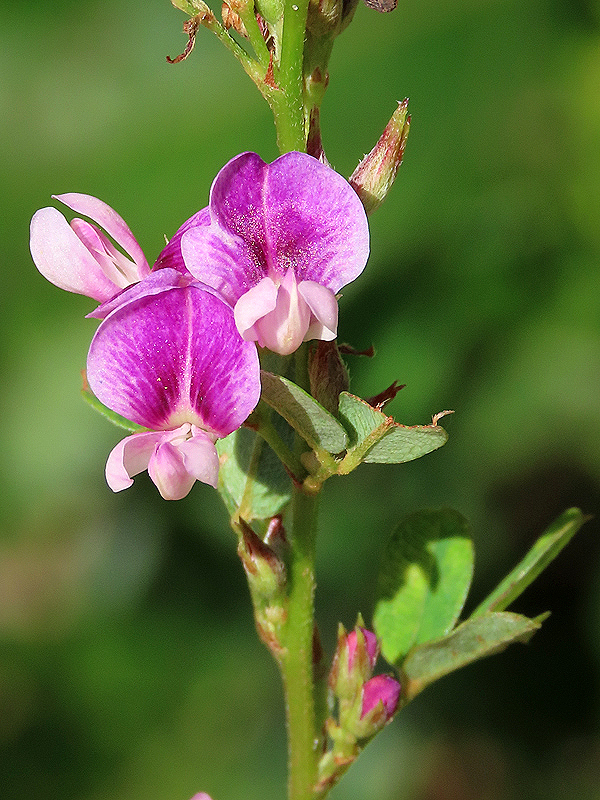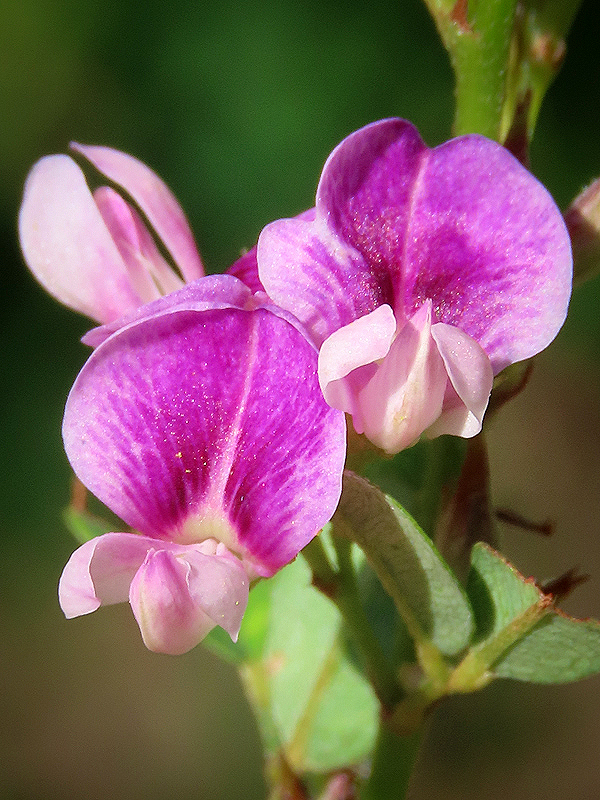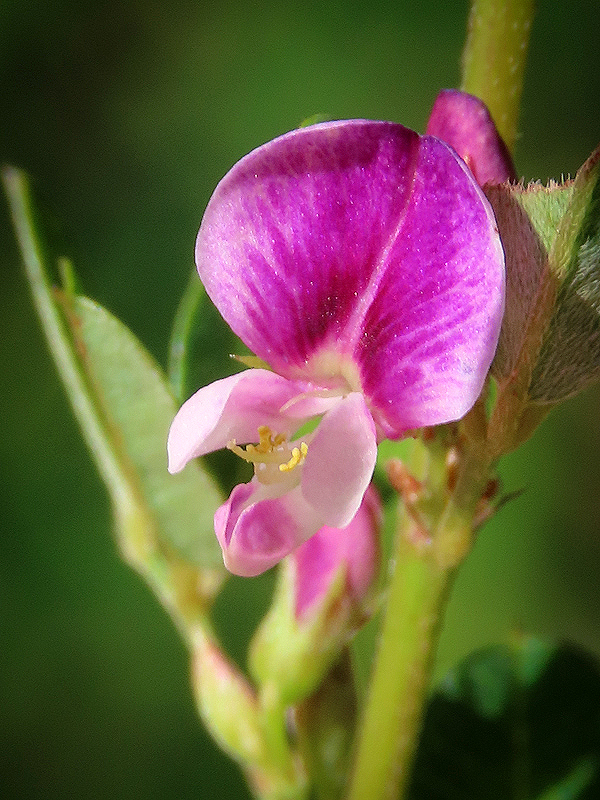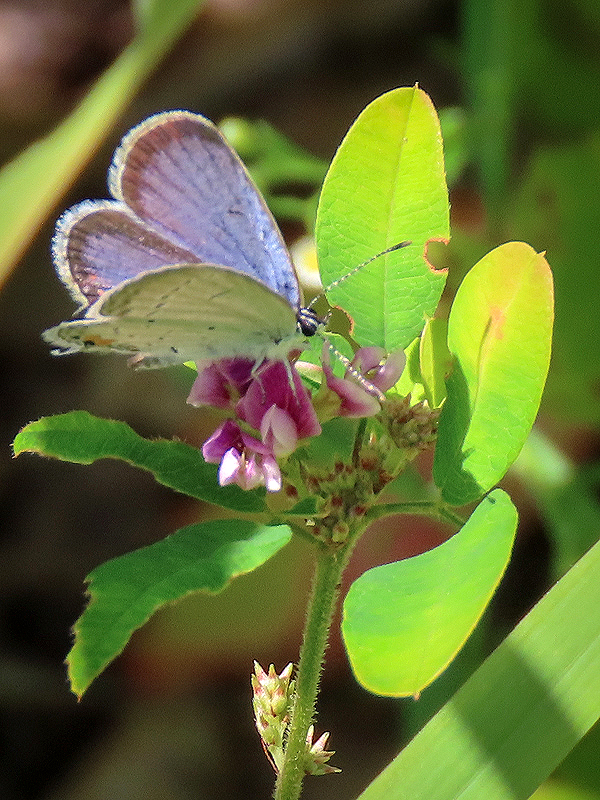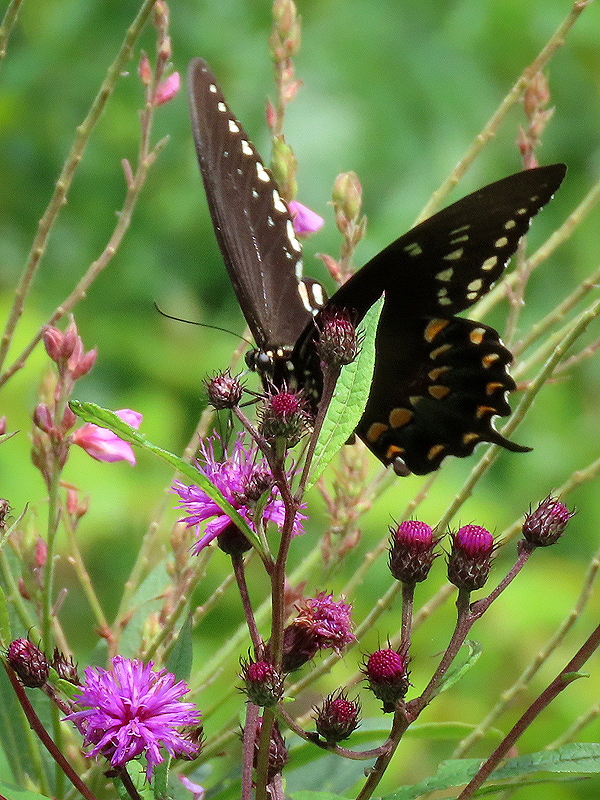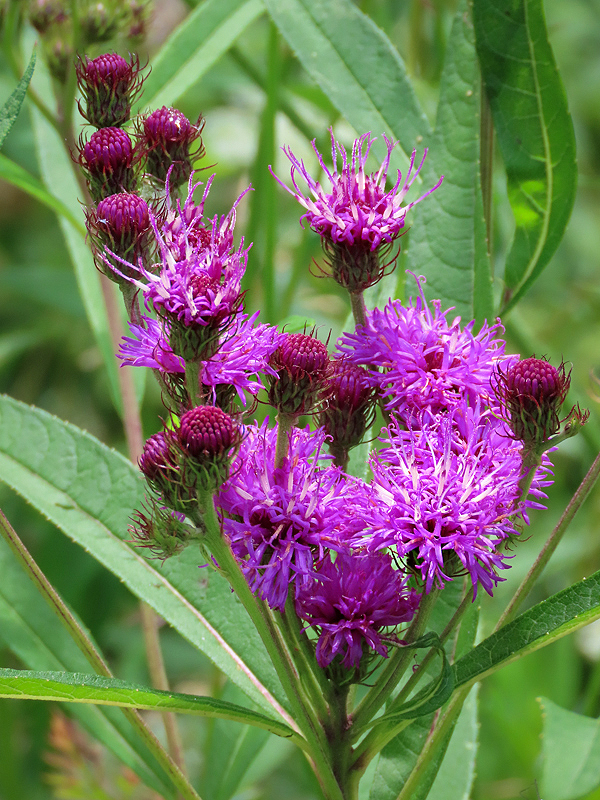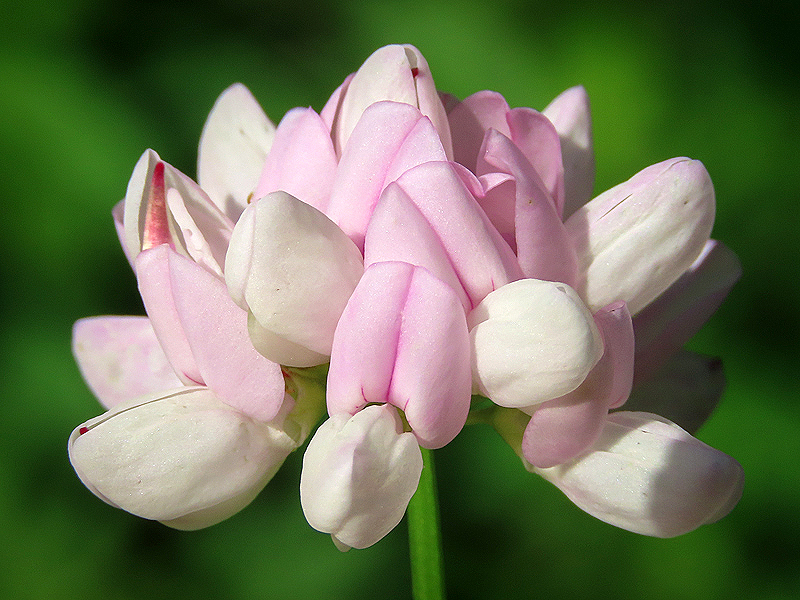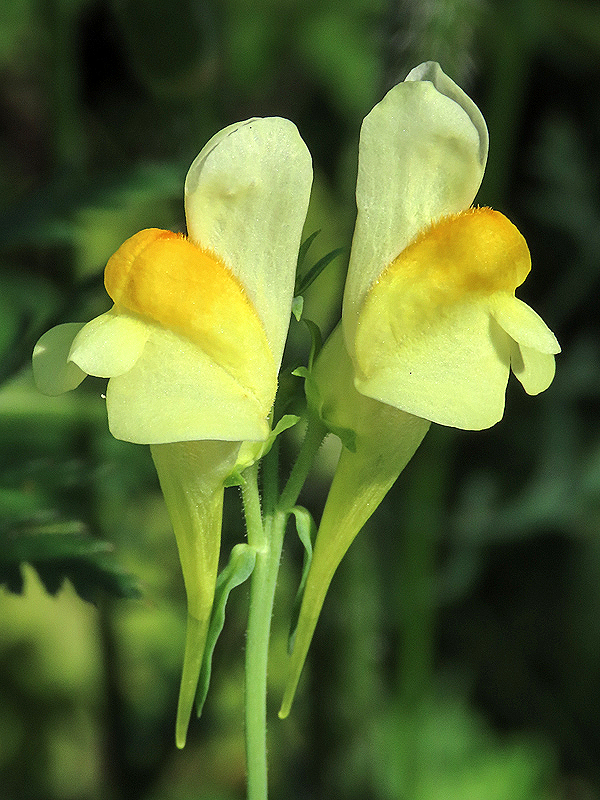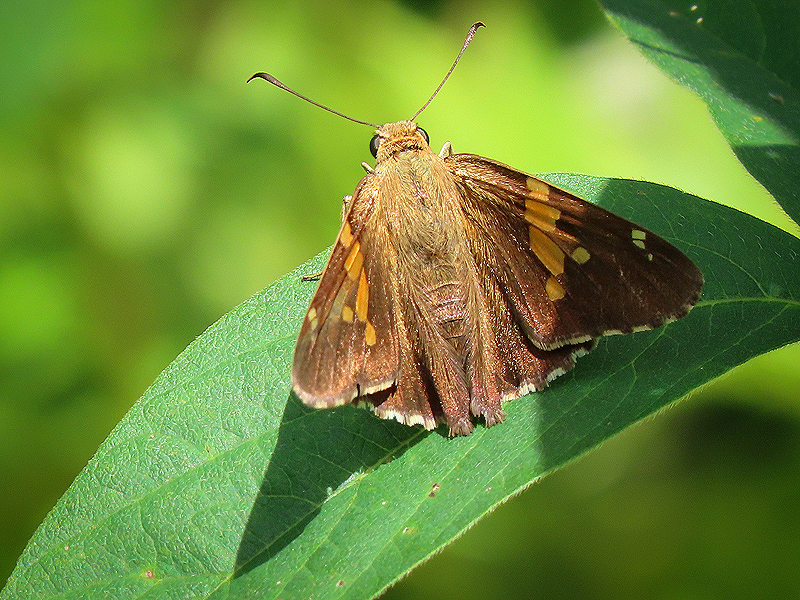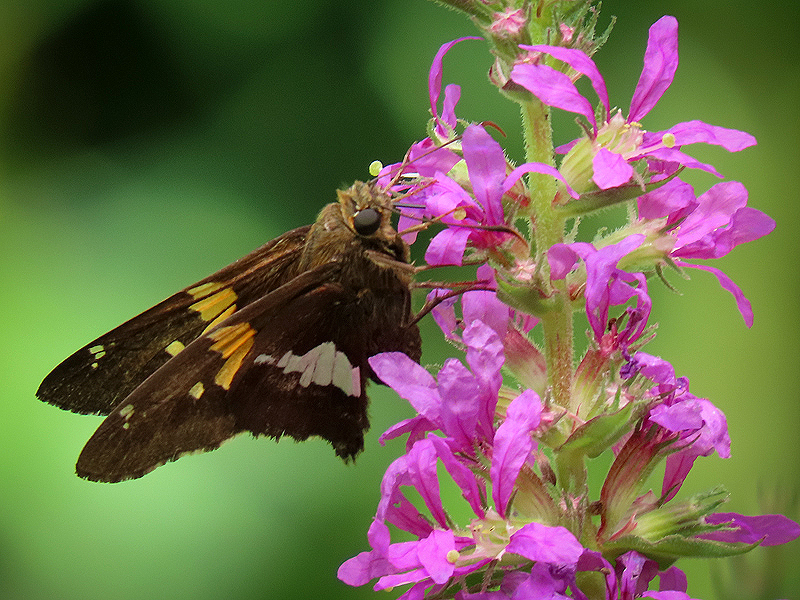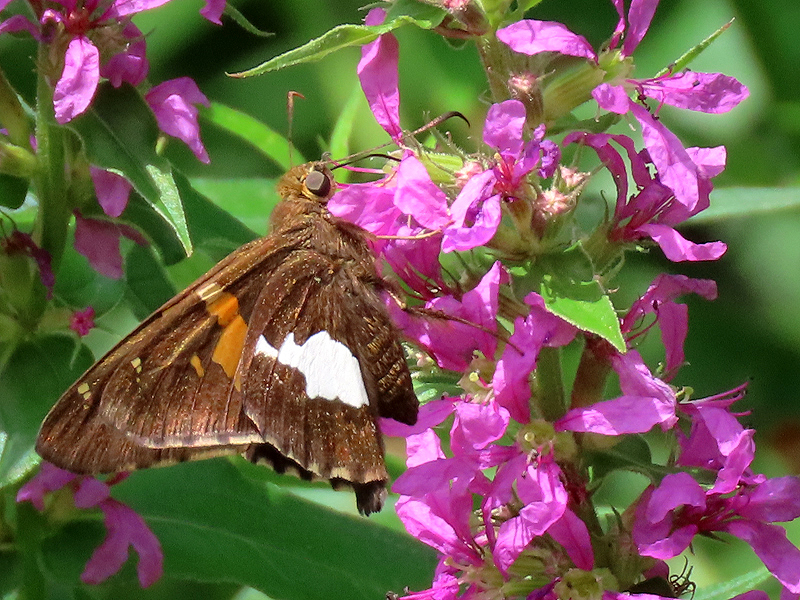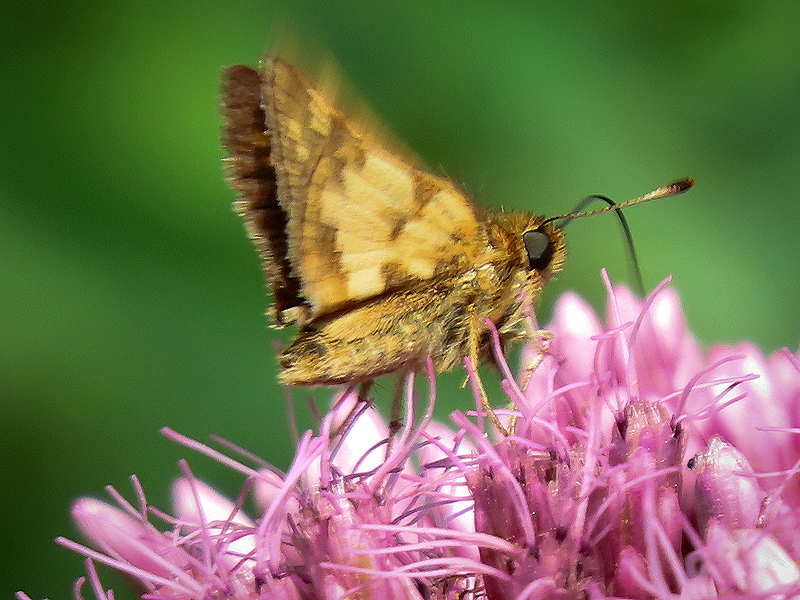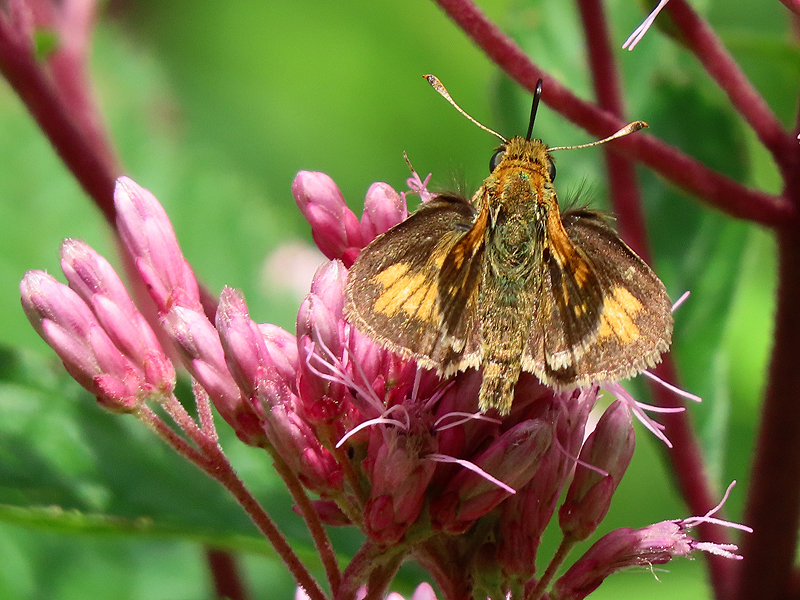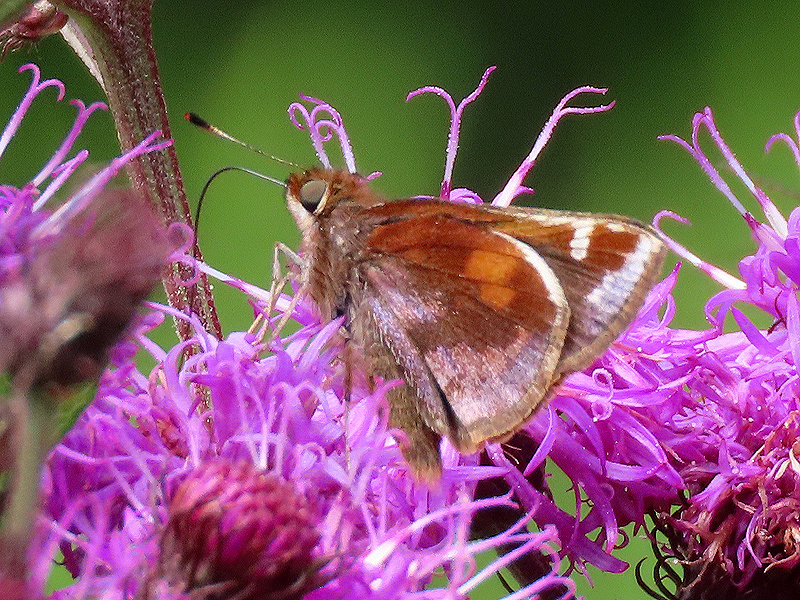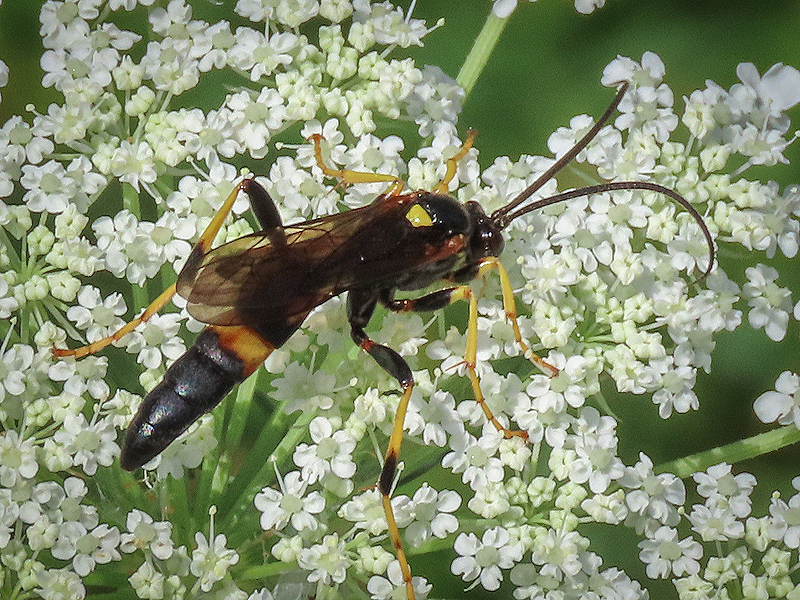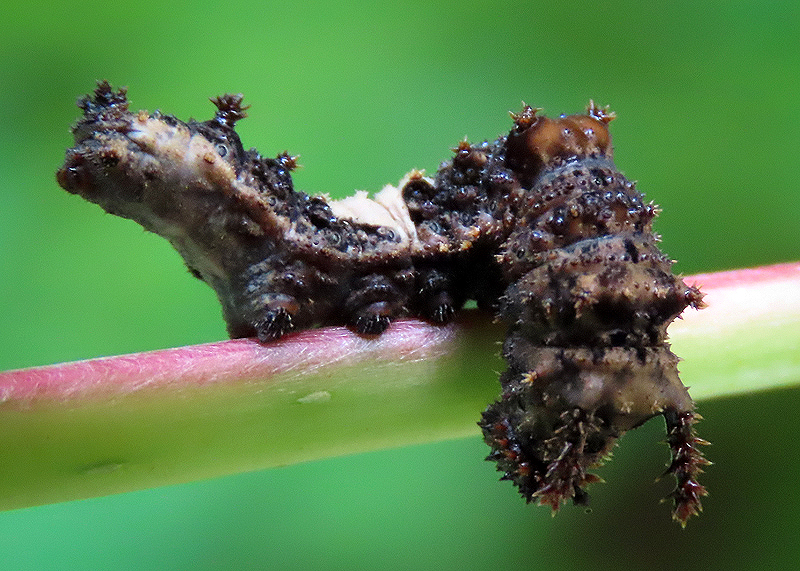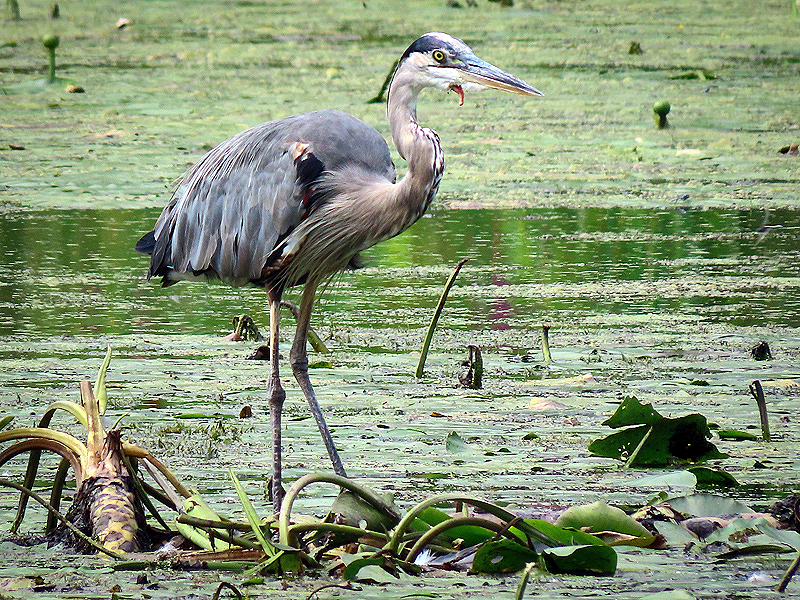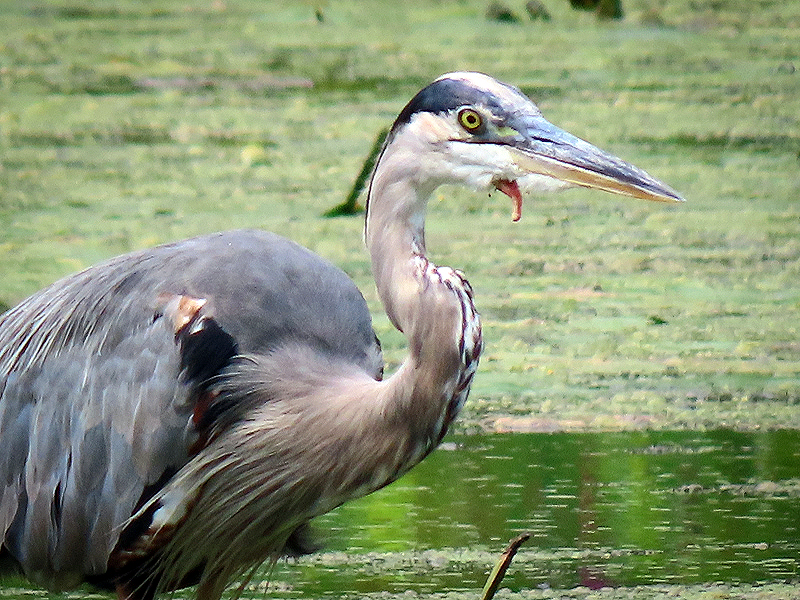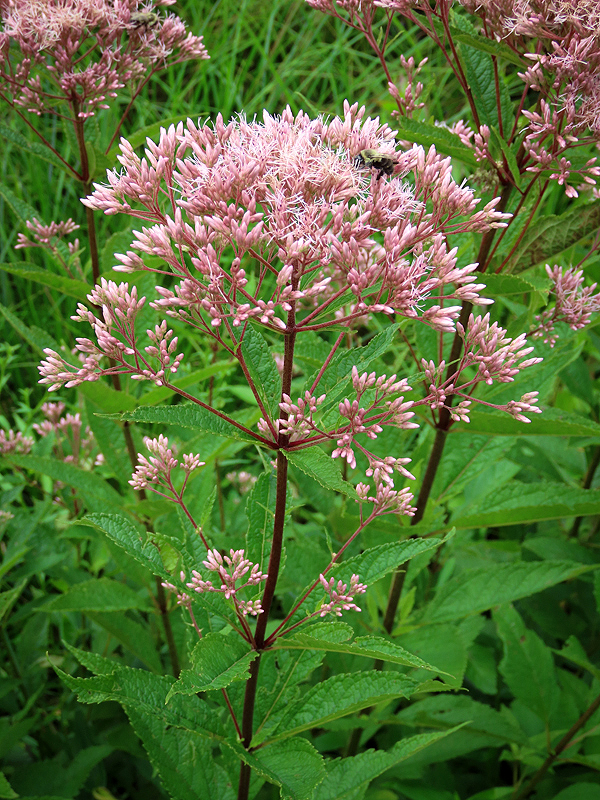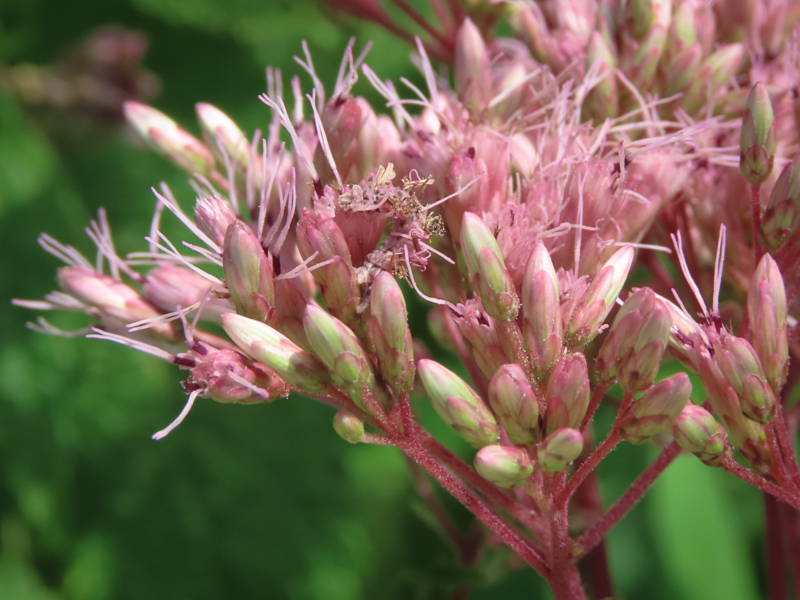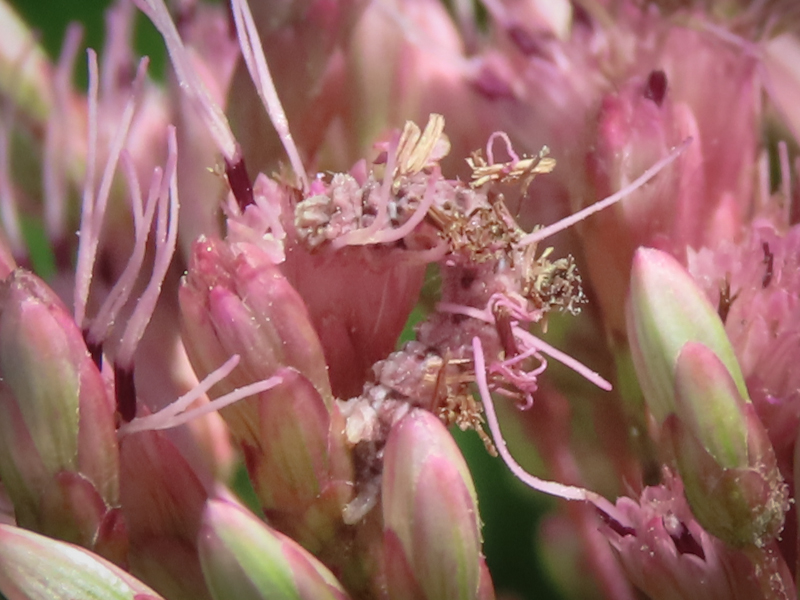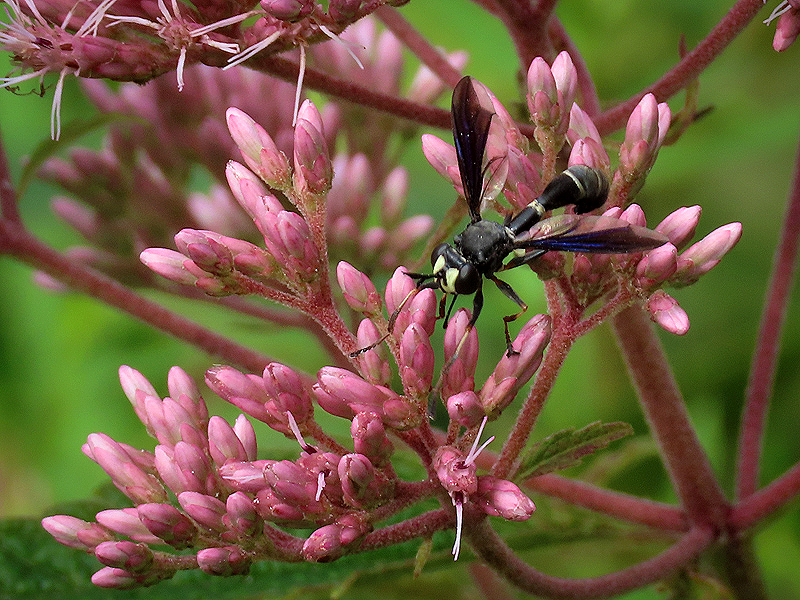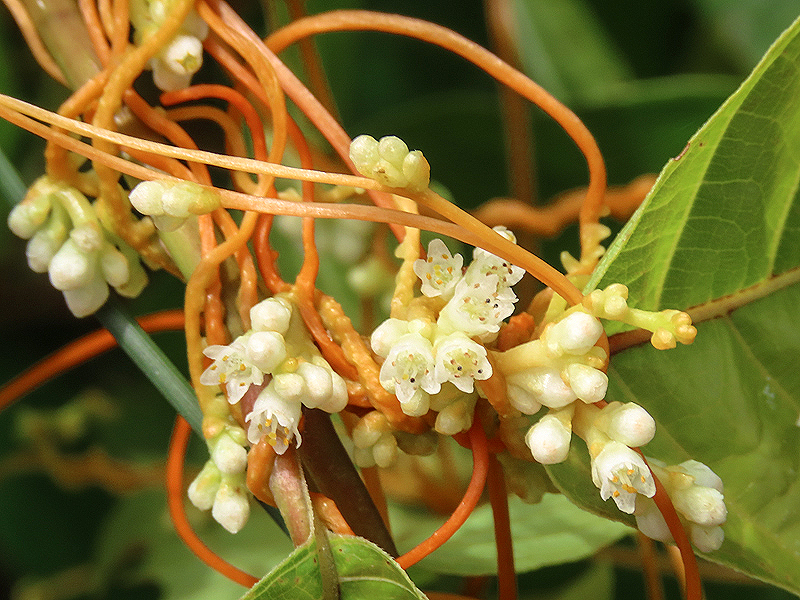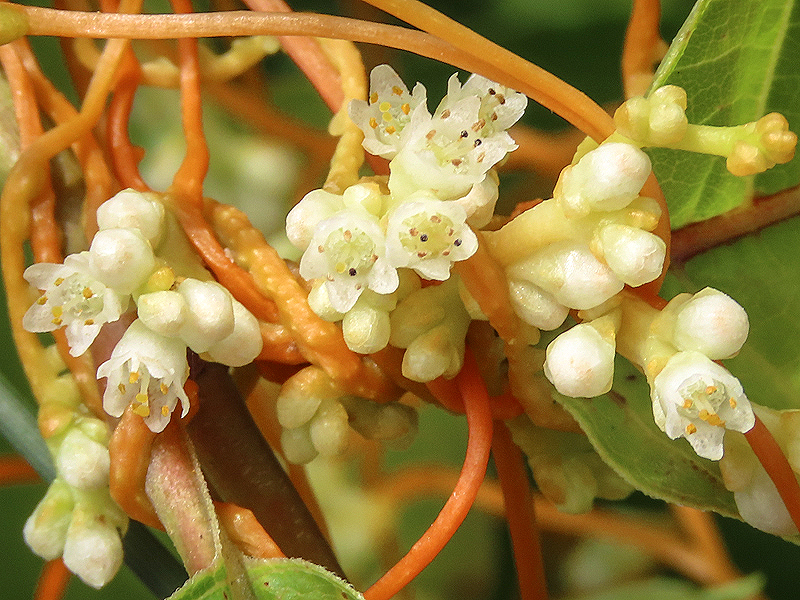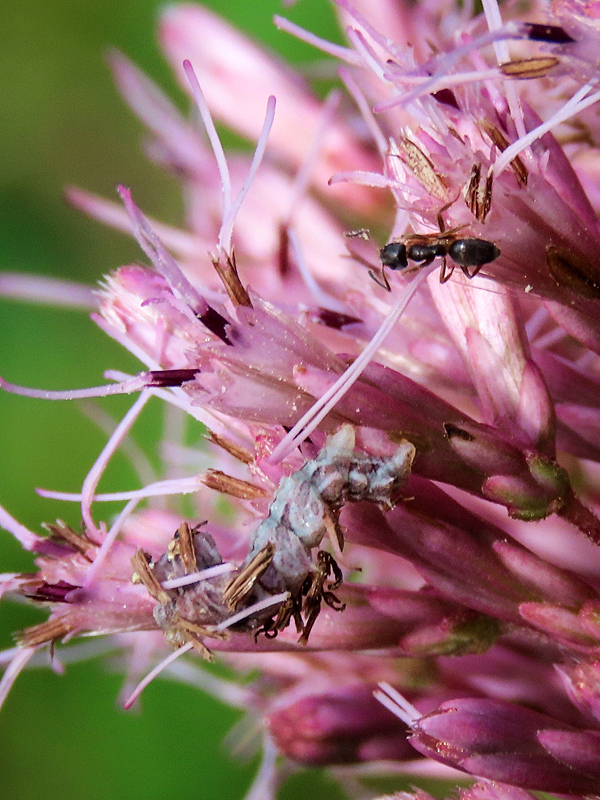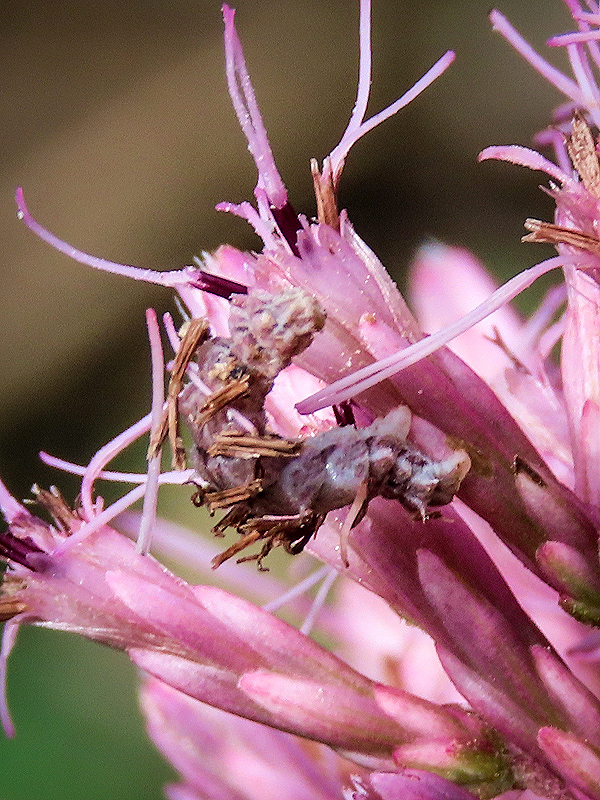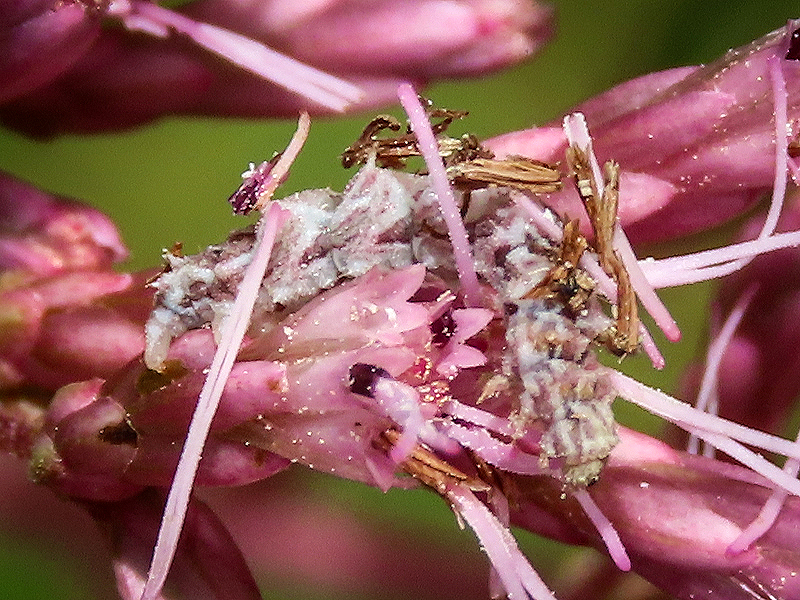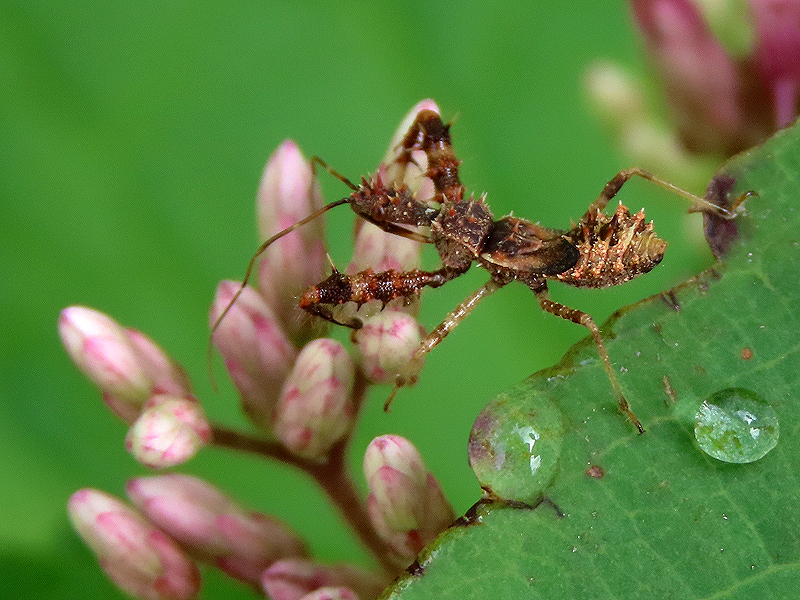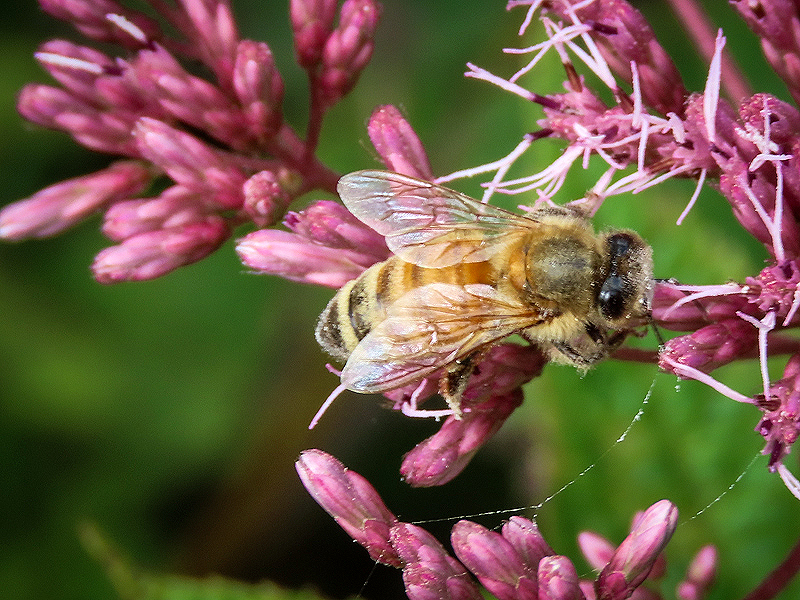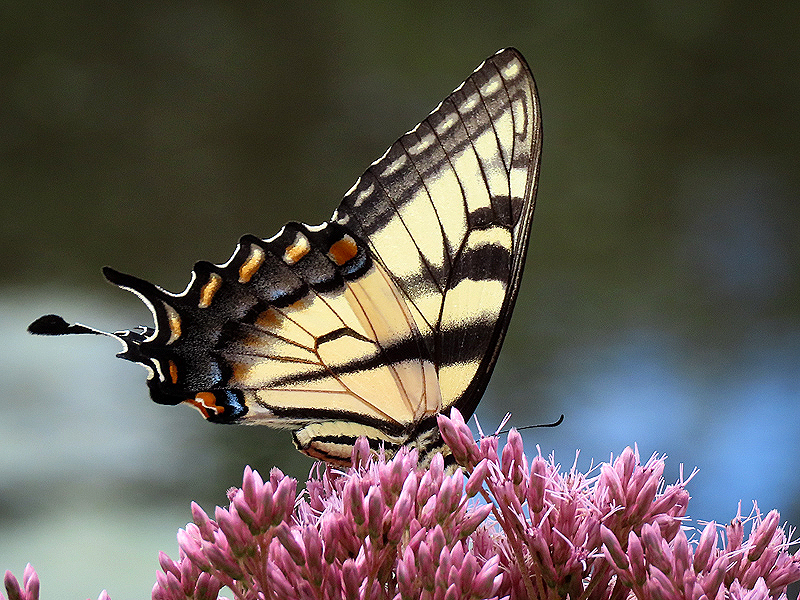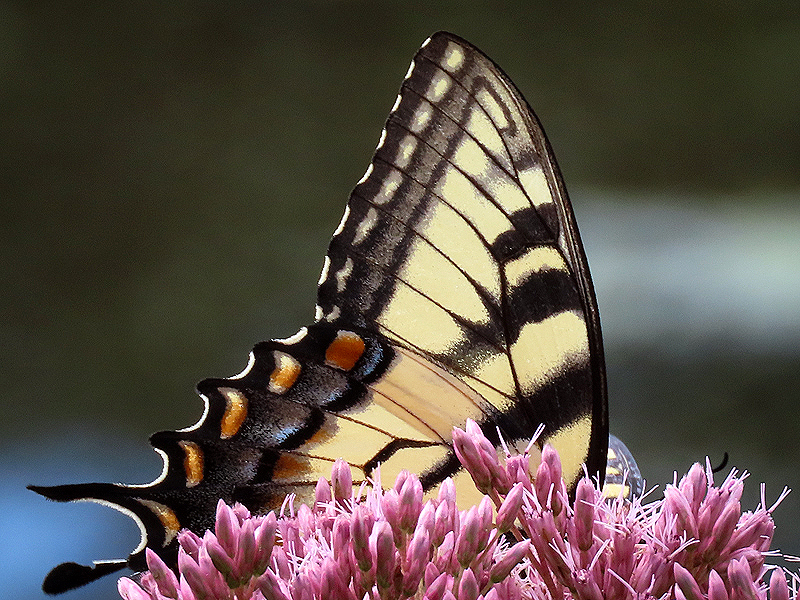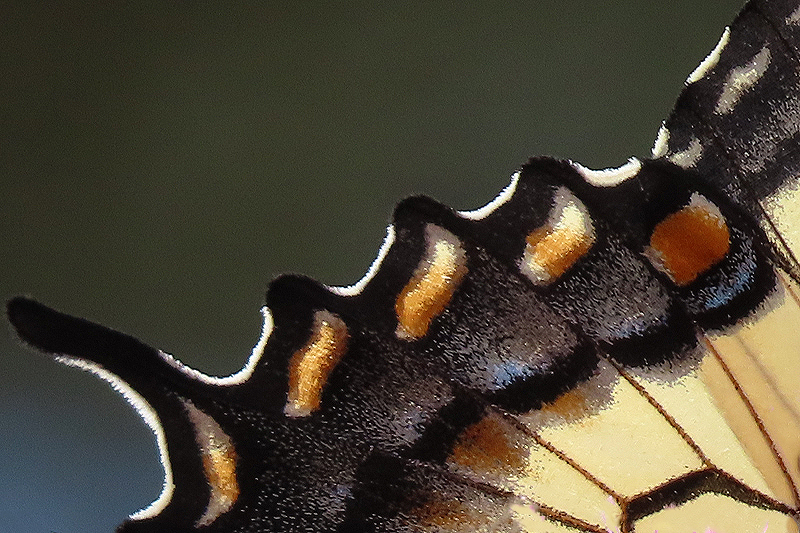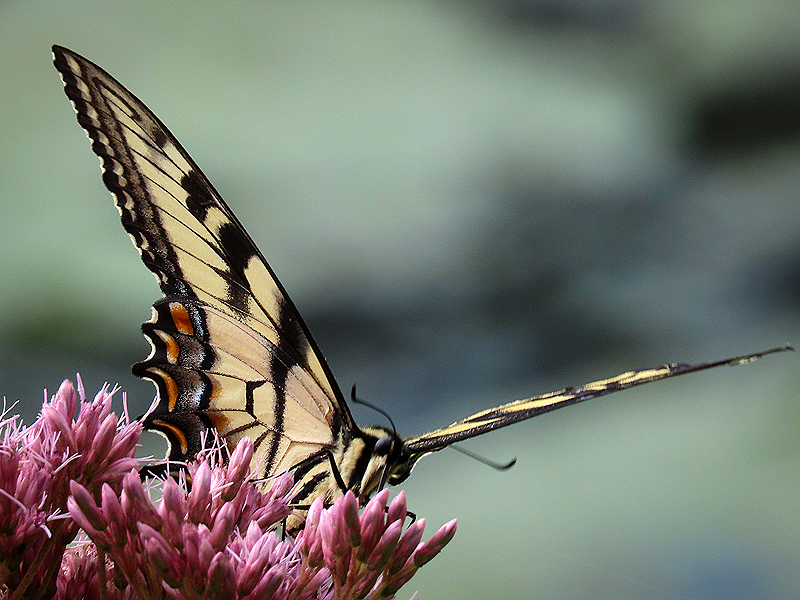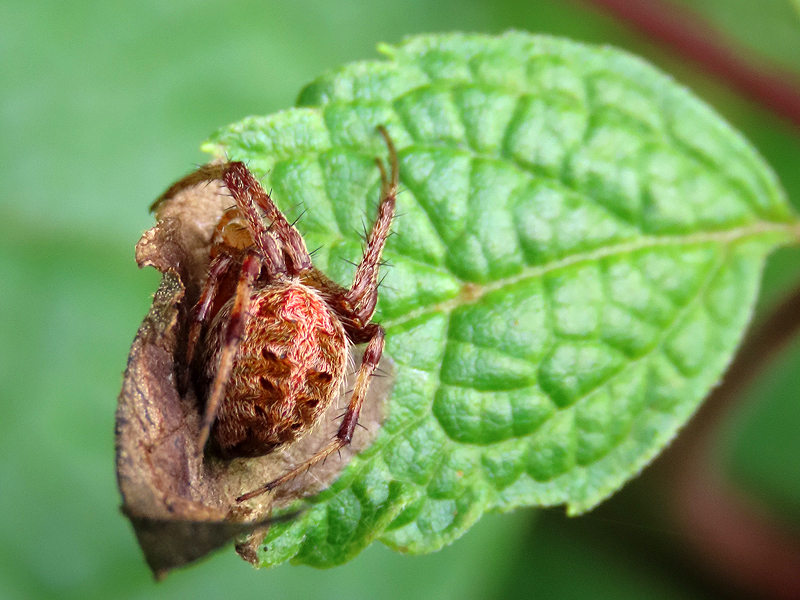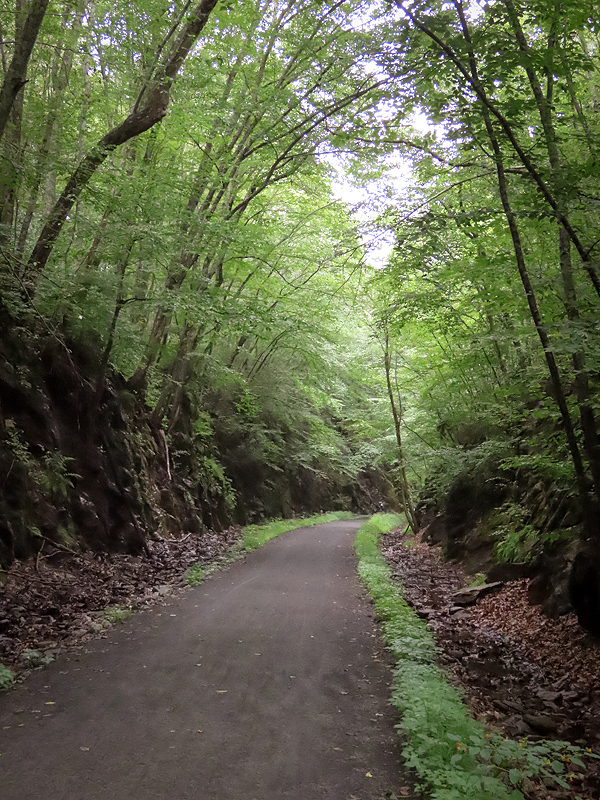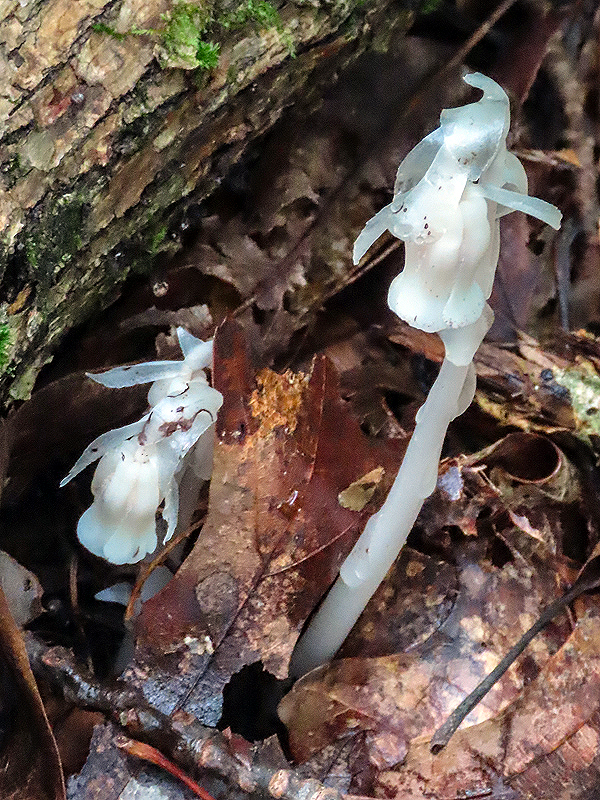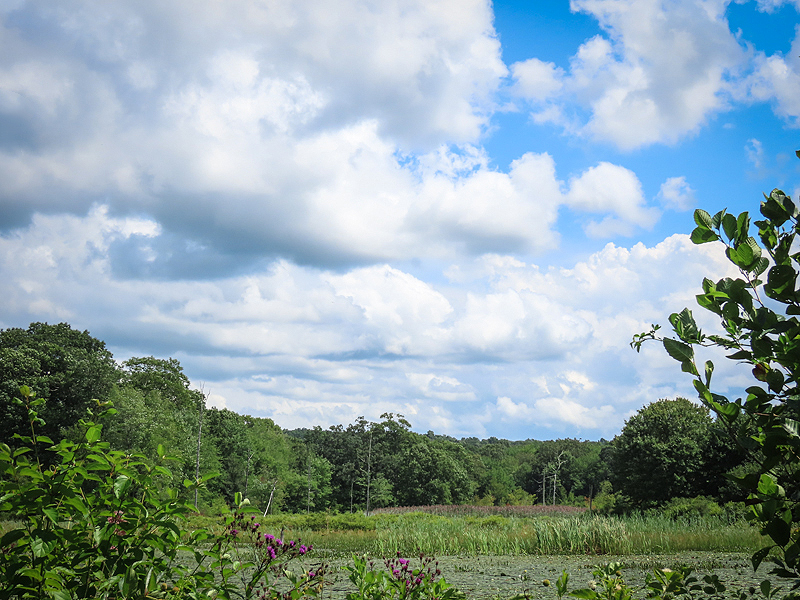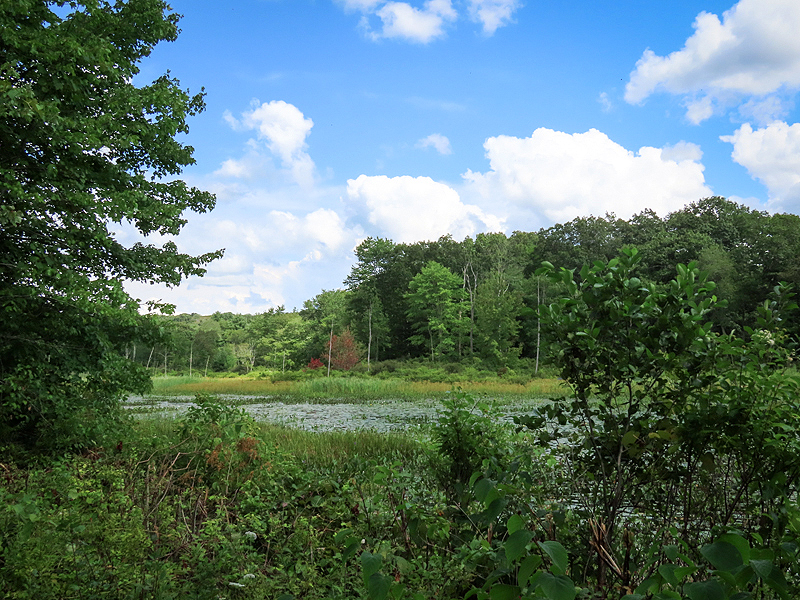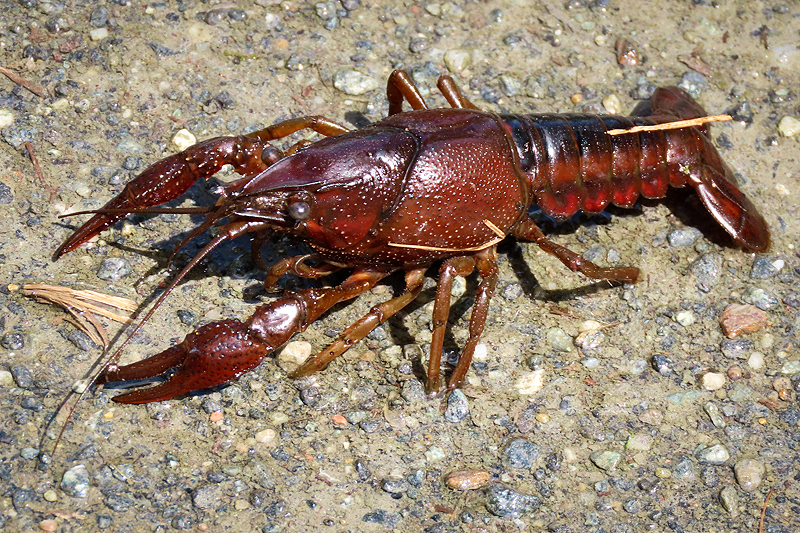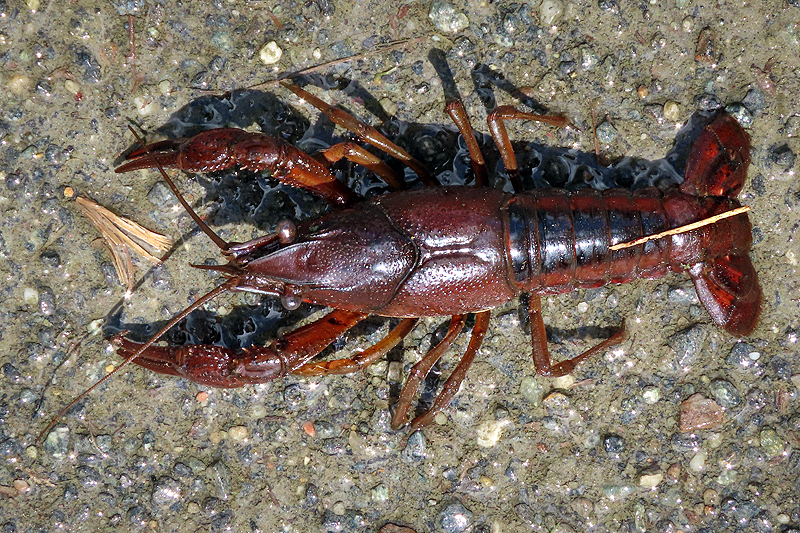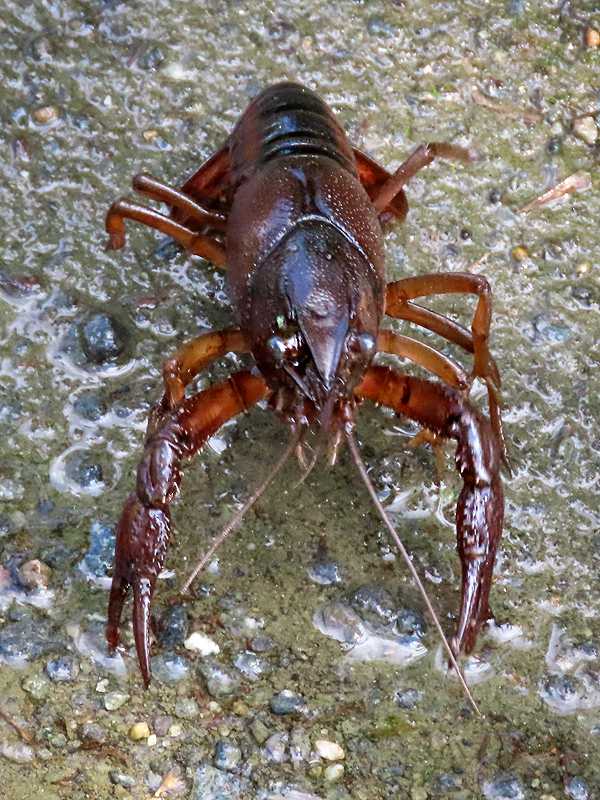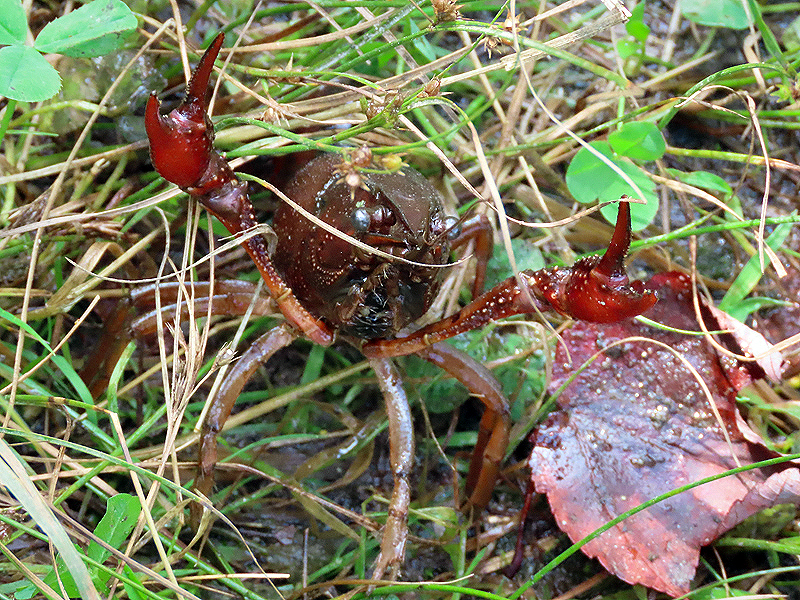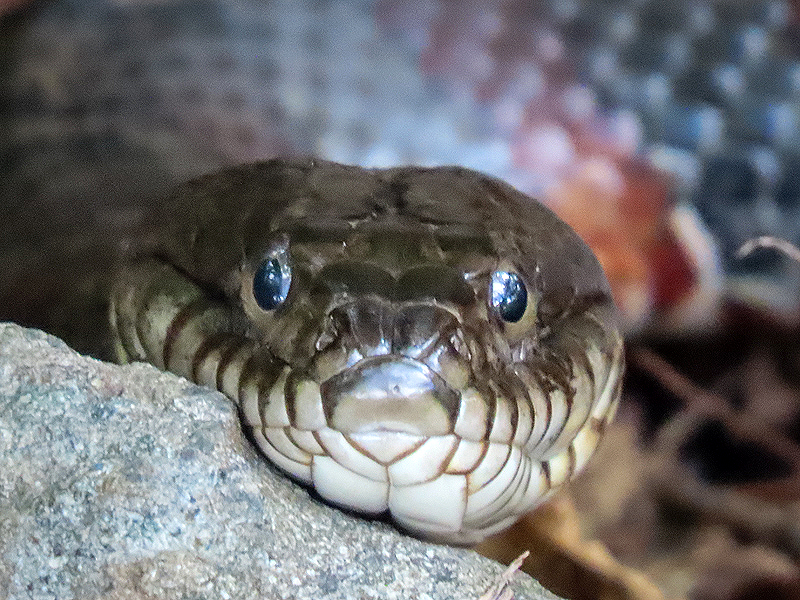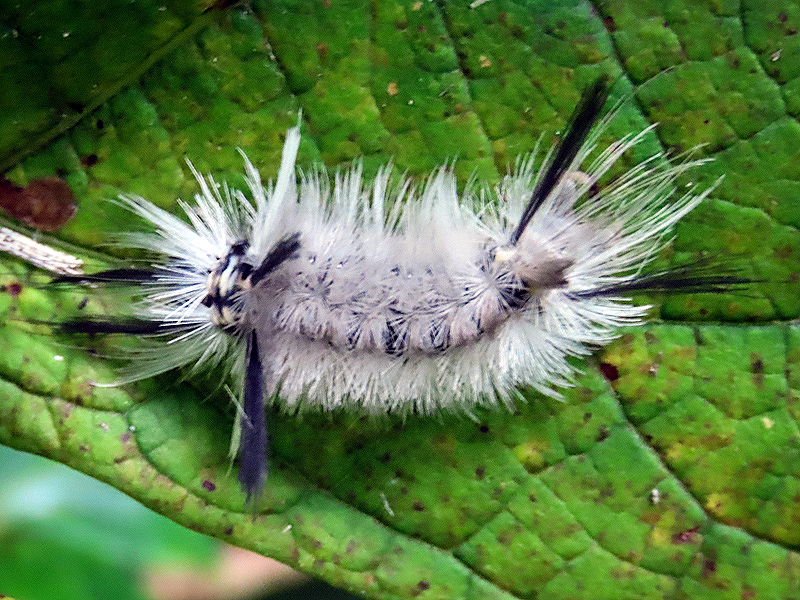Along the Air Line... 2023 - Summer, Part 9 The Air Line Trail in Eastern Connecticut - Stan Malcolm Photos |
HOME: Air Line... 2023 Pages Menu Stan's FlickR Albums |
August 14th. A walk east from Depot Hill Road in Cobalt. |
|
Leaves and spiny stems of Wild Red Raspberry (Rubus idaeus)... |
...with an Eastern Yellowjacket (Vespula maculifrons). |
A Bush-clover; best guess is Wandlike Bush-clover (Lespedeza intermedia). First time I've seen it. |
|
|
|
Summer Azure (Celastrina neglecta). |
Spicebush Swallowtail (Papilio troilus) on New York Ironweed (Vernonia noveboracensis). |
New York Ironweed (Vernonia noveboracensis) in peak condition. |
Crown Vetch (Securigera varia). |
Butter-and-eggs (Linaria vulgaris). |
Bouncing Bet (Saponaria officinalis). |
Silver-spotted Skipper (Epargyreus clarus). |
|
In the right light, the white patches glow brilliant silver. |
Pretty sure this is a male Zabulon Skipper (Poanes zabulon)... |
|
...And this is a female Zabulon Skipper (Poanes zabulon) looks very different from the male. First one I've ever seen. |
Pretty sure this is a male Ichneumon Wasp (Family Ichneumonidae) but there are a gazillion species of these parasites of other insects. |
Bumble Bee (Family Bombidae) emerging after feeding in a Hedge Bindweed (Convolvulus sepium) flower. |
Caterpillar of a Viceroy butterfly (Limenitis archippus). |
Next, a brief stop at Cranberry Bog in East Hampton where the resident Great Blue Heron (Ardea herodias) was in its usual spot. |
Easily recognized by the damaged tongue exiting from a healed would in its throat. |
Spotted Joe-Pye-weed (Eupatorium purpureum) in its glory. |
There's a caterpillar in this picture. |
That comma-shape is a Camouflaged Looper, caterpillar of the Wavy-lined Emerald moth (Synchlora aerata). Each time it molts, it recovers itself in flower parts from the plant where it's feeding. Head is at upper left, not that you can see it. Hind prolegs bottom center are a bit easier to see. |
No, not a wasp. It's a Thick-headed Fly (Family Conopidae, probably Physoconops sp. or Physocephala sp.). They parasitise bees and wasps. |
Dodder (Cuscuta campestris) flowers are opening now. |
|
August 16th. Back to Cranberry Bog after a drizzly morning. Besides the ant, another Camouflaged Looper (Synchlora aerata). This one had recently shed its old decorated skin and was gathering flower parts to camouflage the new one. A rare chance to see the caterpillar's skin without decorations. |
|
Head and thoracic true legs bottom right; last abdominal prolegs at the far left. |
An Assassin Bug nymph (Family Reduviidae). |
Honey Bees (Apis mellifera) as well as Bumble Bees were all over the Spotted Joe-Pye-Weed (Eupatorium maculatum). |
|
Tiger Swallowtail (Papilio glaucus). |
|
|
|
An Orb Weaver spider. Looks like Neoscona nautica or a near relative. |
I walked further east through the magnificent rock cut. |
Indian Pipes (Monotropa uniflora), a parasitic plant that lacks chlorophyll. |
August 18th. Humid, but a nice summer afternoon compared to this morning's downpour with wind. |
|
First Crayfish I've seen on the trail in several years, though other trail users have reported seeing them lately. I think they come up onto the trail from the marsh after heavy rains. |
|
|
Defensive posture. |
|
Northern Water Snake (Nerodia sipedon). |
Banded Tussock Moth caterpillar (Halysidota tessellaris). |

